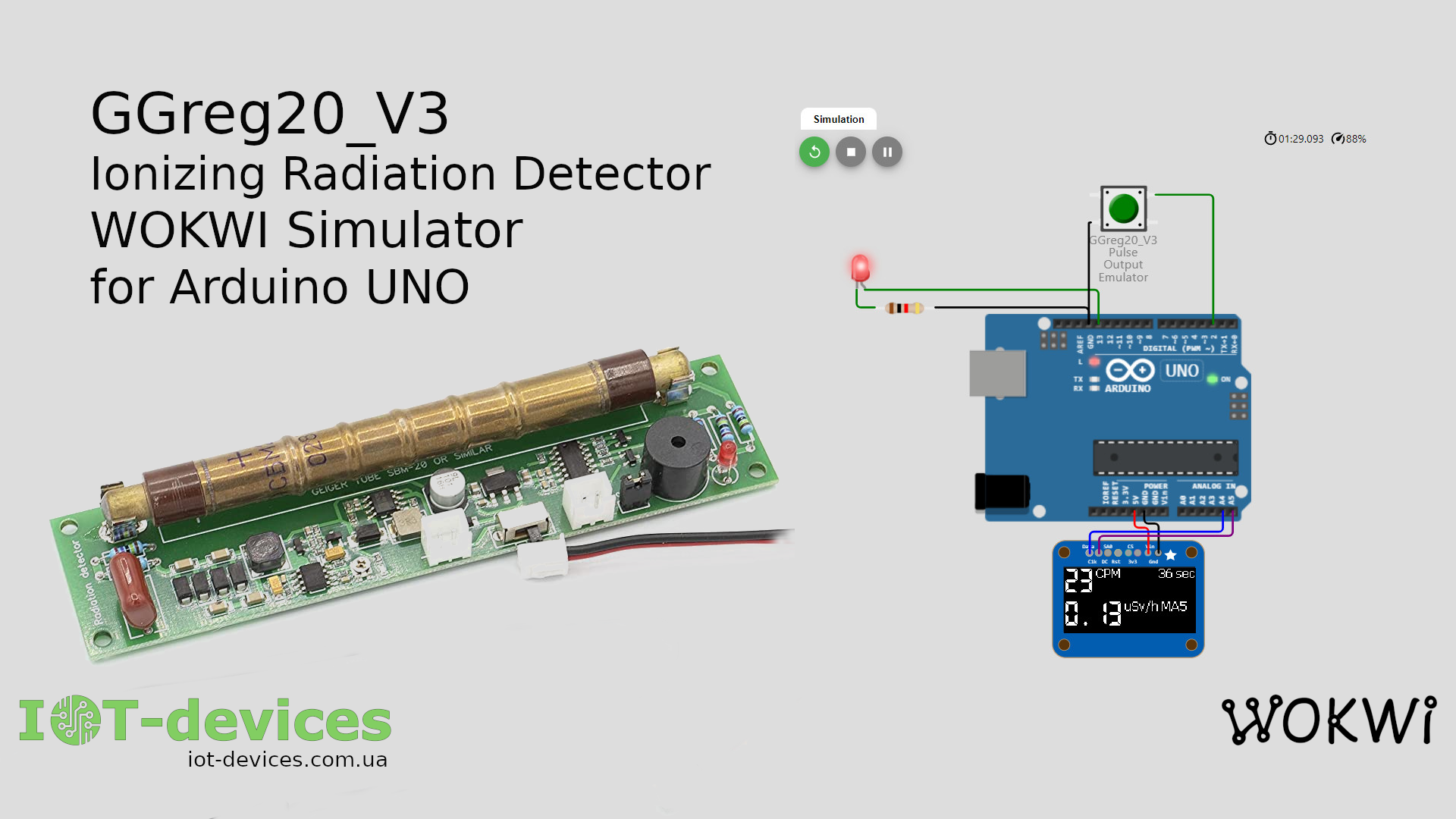GGreg20_V3 radiation meter module simulator for Arduino UNO based on WOKWI
We decided to contribute to the development of open source software for the Arduino platform and developed a training example in the WOKWI simulator for our popular GGreg20_V3 ionizing radiation…
Comments Off on GGreg20_V3 radiation meter module simulator for Arduino UNO based on WOKWI
24.01.2022
